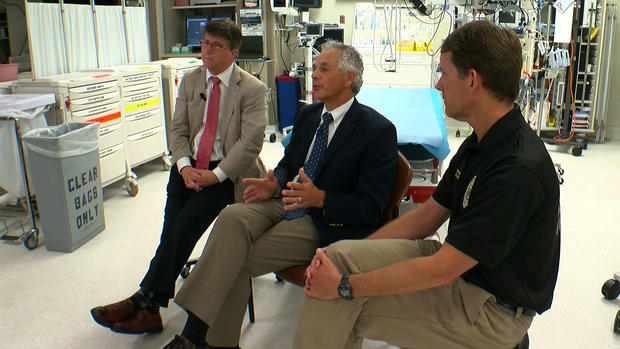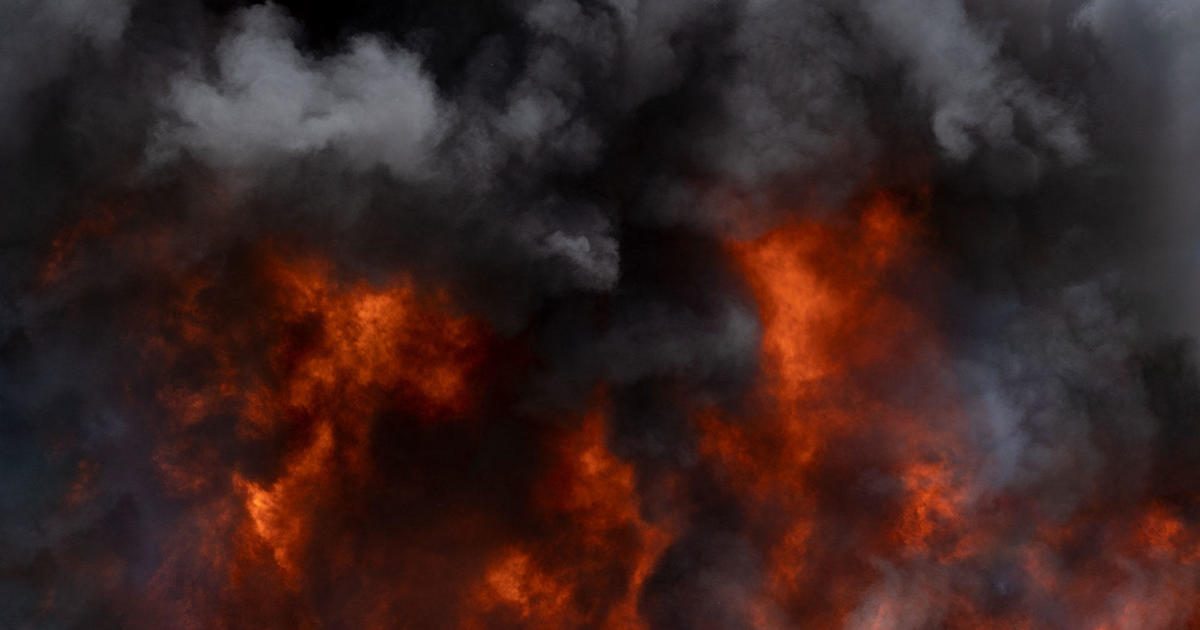'On A Scale We Hadn't Witnessed Before': Doctors Remember I-35W Bridge Collapse
MINNEAPOLIS (WCCO) -- As terrible as Aug. 1, 2007 was for Minnesota, we all know it could have been even worse if it weren't for the hands that helped that day.
The I-35W bridge collapse killed 13 people, 24 were critically injured. They were treated at Hennepin County Medical Center.
Ten years later, the doctors who had a huge part in saving lives sat down to talk about that day in the very room where they treated patients. They explain how they provided care in the middle an event unlike and they'd ever known.
"This was on a scale we had not witnessed before," Dr. Doug Brunette said.
He and two other level 1 trauma doctors have seen a lot, but nothing like this. Listening to radio traffic, Dr. John Hick knew it was big, so he sped off, smashing a nearby car's side door mirror on the way.
"I was on scene in about 10 minutes," he said.
That pace would continue as he quickly coordinated triage on scene.
"The scope of what happened is just immense enough," he said. "It's like, so where do you start? And then you just start with what's in front of you."
Dr. Bill Heegaard started prepping the hospital.
"The first few minutes for everybody were 'Wow, what is going on?" he said.
They had no idea how many patients they'd be receiving in the same room they work in today.
"Within 30 minutes, we had our ORs up and running," Dr. Heegaard said. "He had all our CT scanners and we had the capacity to manage 60 patients that were critically ill if we needed it."
In his 25 previous years at HCMC, Dr. Brunette says this was a first.
"You have to quickly decide -- do they need to go into the operating room? ddo they need to go and get emergency CT? Do they need something here?" he said.
Twenty-four critically ill patients went to HCMC. Most of the injuries were to the head or blunt force trauma from falling. Some were crushed, others impaled.
"Everybody who arrived to the hospital alive survived," Dr. Heegaard said. "There were hundreds of people there, and for our EMS to find the people who were critically ill and bring them to this room within 90 minutes is exceptional In the worst of situations, there is a structure, it's pretty sophisticated and it can save lives, and it did."
"That night felt like, 'OK, we did our job.' And then you went home and it didn't sink into me until the days after this what a big impact this had on the community and on the hospital," Dr. Hick said. "The fact that a bridge you drive on everyday, should not fall down."
One thing they've changed since 2007 -- critical response rooms now have TVs so doctors can have more of a visual on what's unfolding during major events.





